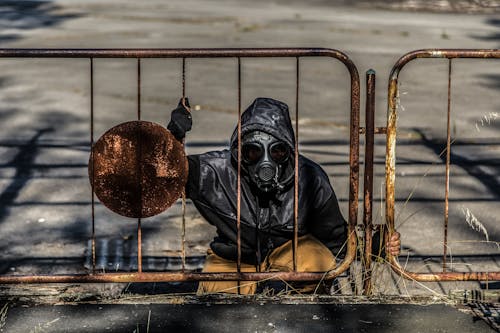There was a recent article in the Northampton Gazette by By GENA MANGIARATTI discussing the decommissioning at Vermont Yankee.
The article is worth quoting in full:
NORTHAMPTON — With the planned closing of the Vermont Yankee nuclear plant by the end of next year, residents of the Valley and southern Vermont hope the 41-year-old power station will be decommissioned safely. The risk of a nuclear accident is higher from today through the end of 2014 than at any other time in the plant’s operation, said Ray Shadis, an adviser to the New England Coalition, an organization that investigates the safety, suitability and environmental effects of nuclear power. “Equipment doesn’t stop aging just because there remains only a year to run,” said Shadis. Shadis was one of four experts who addressed a crowd of around 50 residents at the Bridge Street School in Northampton Sunday. The panel was organized by the Nuclear Free Future Coalition, an alliance of nine groups, as a way to raise awareness of the hazards facing the area during the plant’s final year of operation through its decommissioning.
“We’re not ideologists, and we’re not fanatics,” said panelist Deb Katz, executive director of the Citizens Awareness Network, a regional anti-nuclear group that campaigned to shut down the Vermont Yankee power plant. Katz, who said she lives four miles from the site of the Yankee Rowe nuclear power plant, which was decommissioned in 1992, noted that radiation from power plants has been connected to higher levels of cancer, birth defects and other health problems in the area. “My husband used to say, ‘We pay our electric bills at the medical center,’” she said. Katz is the author of “In the Valley of the Shadow,” a book about caring for her husband before his death from lung cancer.
According to the panelists, fuel at the plant should be moved from the spent fuel pool, a pool of water used to store spent fuel rods, into dry cask storage, or steel canisters in casks of steel or steel and concrete. Otherwise, the facility is at risk for a radioactive fire similar to what happened at Fukushima if there was a tear in the pool or other accident, and the radioactive pool could be a target for a terrorist attack, the panelists said. Behind the panelists was a banner that read: “Fuel Rods = Catastrophe.” Panelists also warned residents of the risks that remain during the plant’s final year of operation. With aging equipment and skilled employees leaving in search of other jobs, this could be the plant’s “last and most dangerous year of operation,” said Shadis.
Panelist Paul Blanch, a nuclear engineer from West Hartford, Conn., said that due to human nature, the plant will not be run with the care it needs in 2014. He likened the situation to owning an old car. “If the car is to be sent to the junkyard next year, I’m not going to change the oil or replace the tires,” said Blanch. He said he expects that Entergy Corp., the owner of Vermont Yankee, will take the same approach in the closing of the plant.
Panelist John Mullin, a professor of regional planning at the University of Massachusetts Amherst, said he believes there should be a federal oversight similar to the Office of Economic Adjustment to ensure communities have the financial and other support needed following the closing of nuclear plants. Mullin, a Fulbright scholar, wrote a paper 20 years ago about the local impact after closing of the Yankee Rowe — and said he has recently seen the popularity of that paper climb. “Communities have come back, but not as they wanted to be,” said Mullin.
Doug Renick of Northampton, a member of the Nuclear Free Future Coalition and an organizer of the panel, said he hopes concerned residents will ask for a “to-do list” for what actions they can take to ensure a safe shutdown of the plant.
Blanch suggested that one possible action would be to write letters to local, state and federal representatives.
Hattie Nestel of Athol, an event organizer and a coordinator with the Nuclear Free Future Coalition, said the purpose of the event was to inform people so they can monitor the decommissioning as citizens.
“We don’t want to be run over with corporate negligence,” she said.





